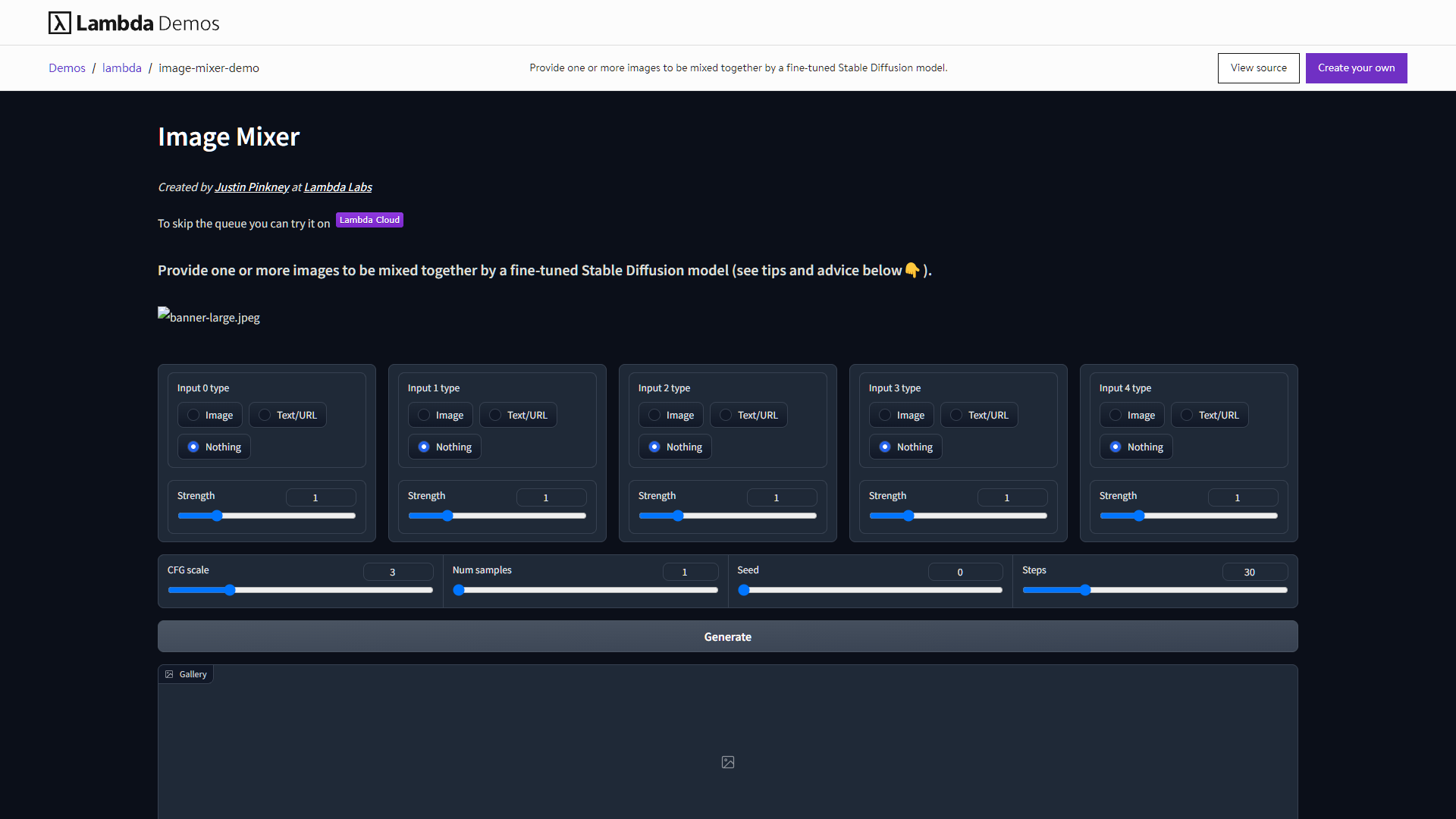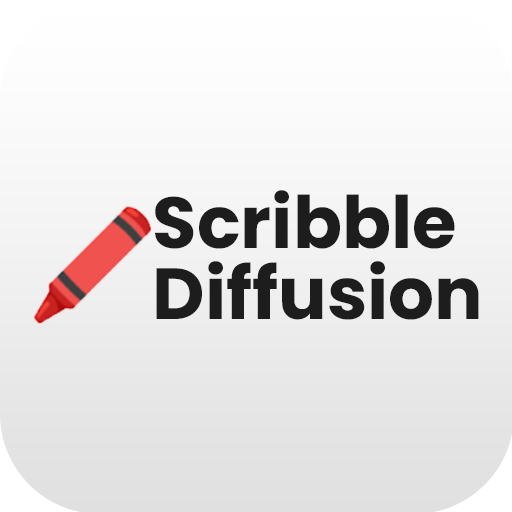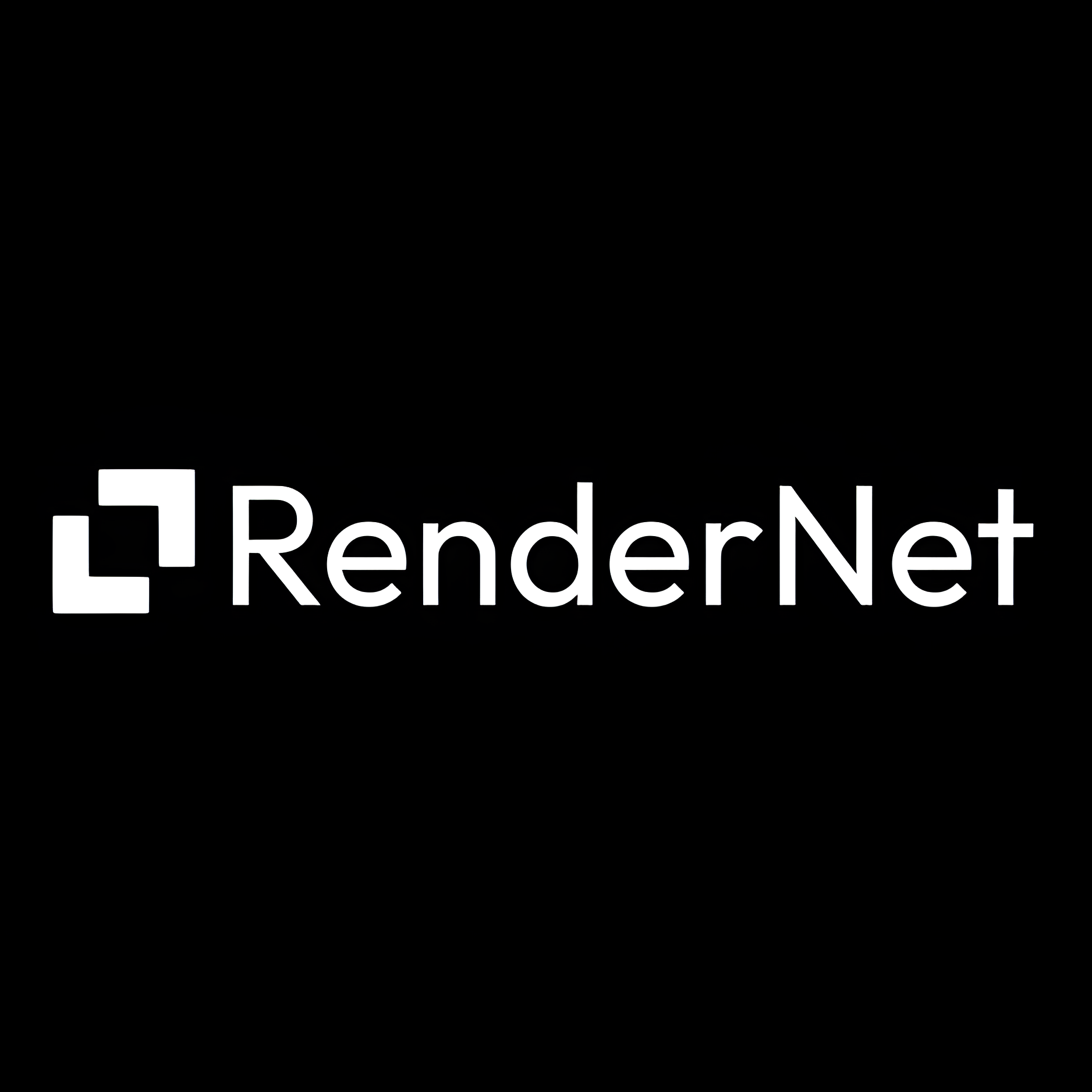Overview
The Lambda Image Mixer Demo, accessible via the Lambda Cloud platform, showcases the capabilities of a fine-tuned Stable Diffusion model designed to blend images creatively. This advanced tool allows users to experiment with image synthesis by combining different visual elements seamlessly, leveraging the power of AI-driven technology. However, users may encounter instances where the demo fails to initiate. In such cases, troubleshooting involves SSH access to the relevant instance to scrutinize the service logs. This can be done using the command "sudo journalctl -u lambda-demos.service --follow -n 50", which provides real-time updates and the last 50 entries to help identify the root cause of the issue.
Once any bugs are identified and rectified, it is necessary to restart all instances running this specific demo to ensure that the fixes are applied effectively. Additionally, users are advised to consult the Lambda Labs documentation at "https://docs.lambdalabs.com" to verify that their configurations align with the requirements of the Lambda Demos environment. This step is crucial to avoid common pitfalls related to misconfiguration and to enhance the overall user experience with the Image Mixer Demo. By following these guidelines, users can enjoy a smoother, more efficient interaction with this cutting-edge AI tool.
Key features
- Image mixing capabilities: Utilizes a fine-tuned Stable Diffusion model to blend multiple images creatively, offering unique visual outputs.
- Real-time debugging support: Provides SSH access to instances for real-time troubleshooting, enhancing the reliability and user experience.
- Live log tracking: Enables users to follow service logs with commands like "sudo journalctl -u lambda-demos.service --follow -n 50" to efficiently diagnose issues.
- Comprehensive documentation: Offers detailed guidance at "https://docs.lambdalabs.com" to help users ensure compatibility and correct configuration of demos.
- Scalable demo relaunch: Features the capability to relaunch all instances simultaneously once a bug is fixed, ensuring consistency across all user experiences.
- Compatibility checks: Advises users to verify demo configurations against official documentation to prevent and resolve misconfigurations effectively.
 Pros
Pros
- Customizable user interface: Allows users to tailor the layout and controls to their preferences, enhancing the overall usability and satisfaction.
- Advanced analytics integration: Provides insights into usage patterns and performance metrics, helping users optimize their interactions and outputs.
- Multi-platform support: Compatible with various operating systems, ensuring a broad user base can access and benefit from the tool without compatibility issues.
- Enhanced security features: Implements robust security protocols to protect user data and interactions, ensuring a safe and trustworthy environment.
- Automated update system: Regularly updates the software to incorporate the latest features and security patches, keeping the tool current and efficient.
 Cons
Cons
- Resource-intensive operations: The tool's advanced image mixing capabilities require significant computational resources, which may limit performance on lower-end systems.
- Limited error specificity: While real-time debugging is supported, the error messages provided can be vague, making it difficult for users to identify specific issues quickly.
- Complex log syntax: The command-line interface for live log tracking has a steep learning curve, potentially deterring less experienced users from utilizing this feature effectively.
- Overwhelming documentation: The comprehensive nature of the documentation can be daunting for new users, making it challenging to locate specific information quickly.
- Manual compatibility verification: Users must manually check configurations against documentation, which can be time-consuming and prone to human error.








